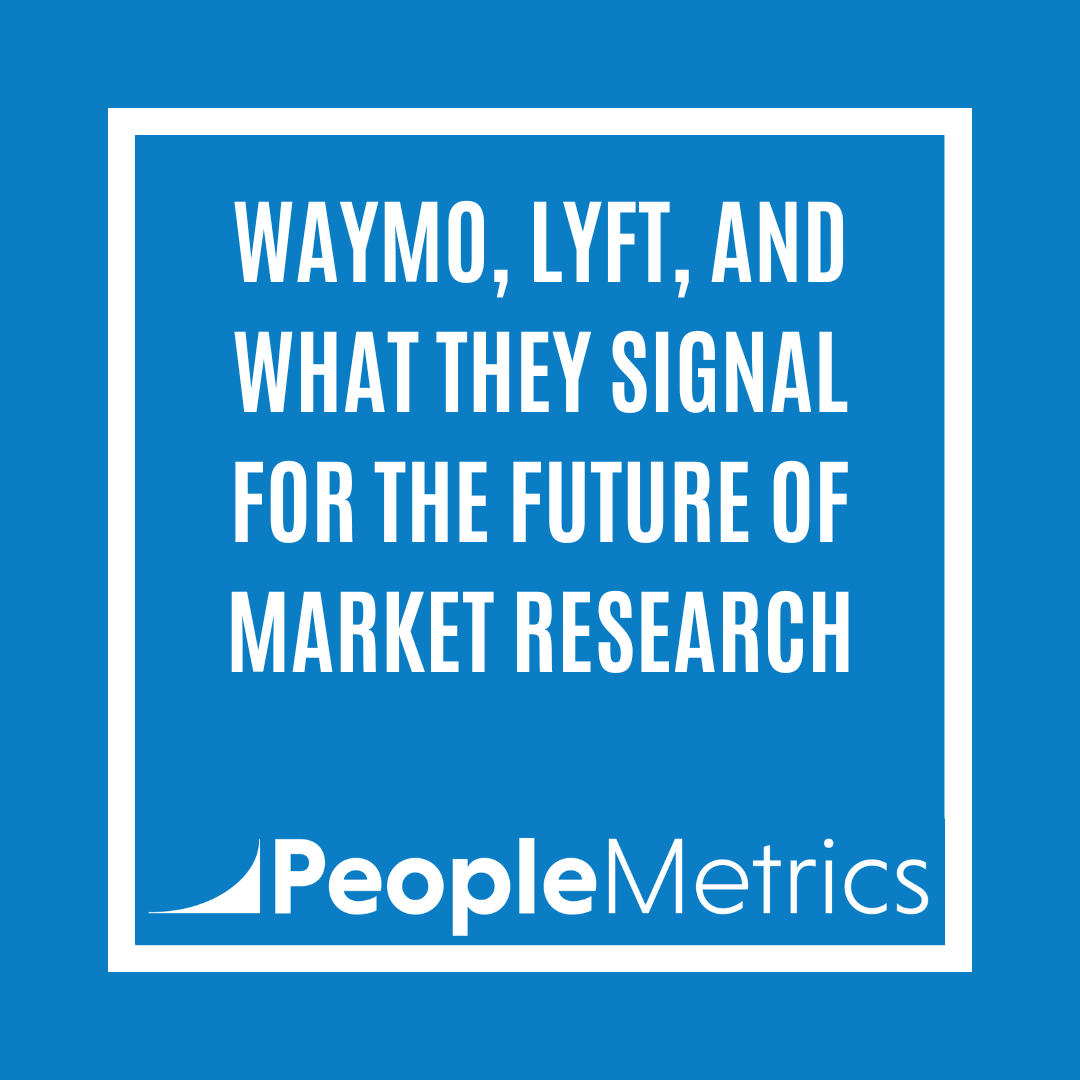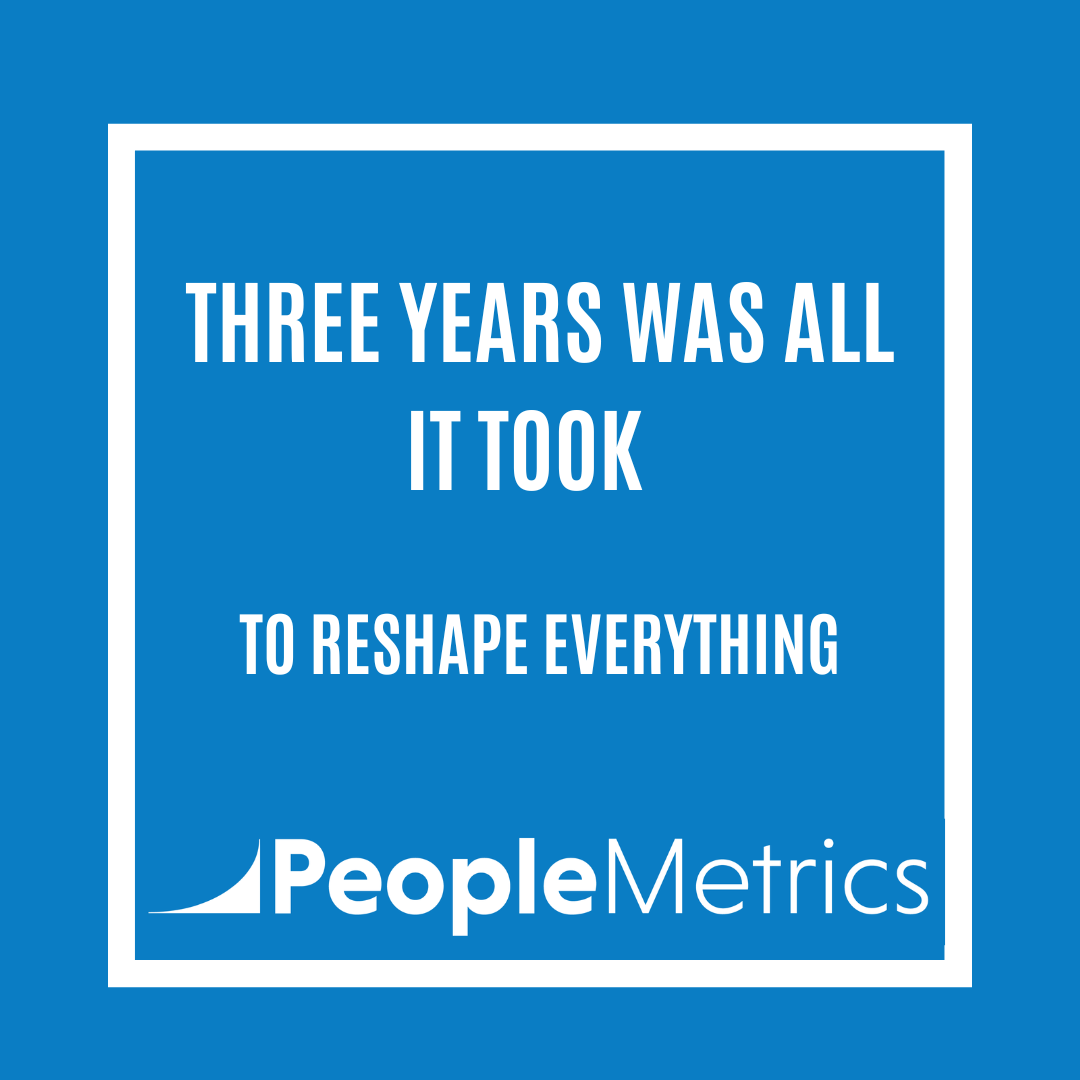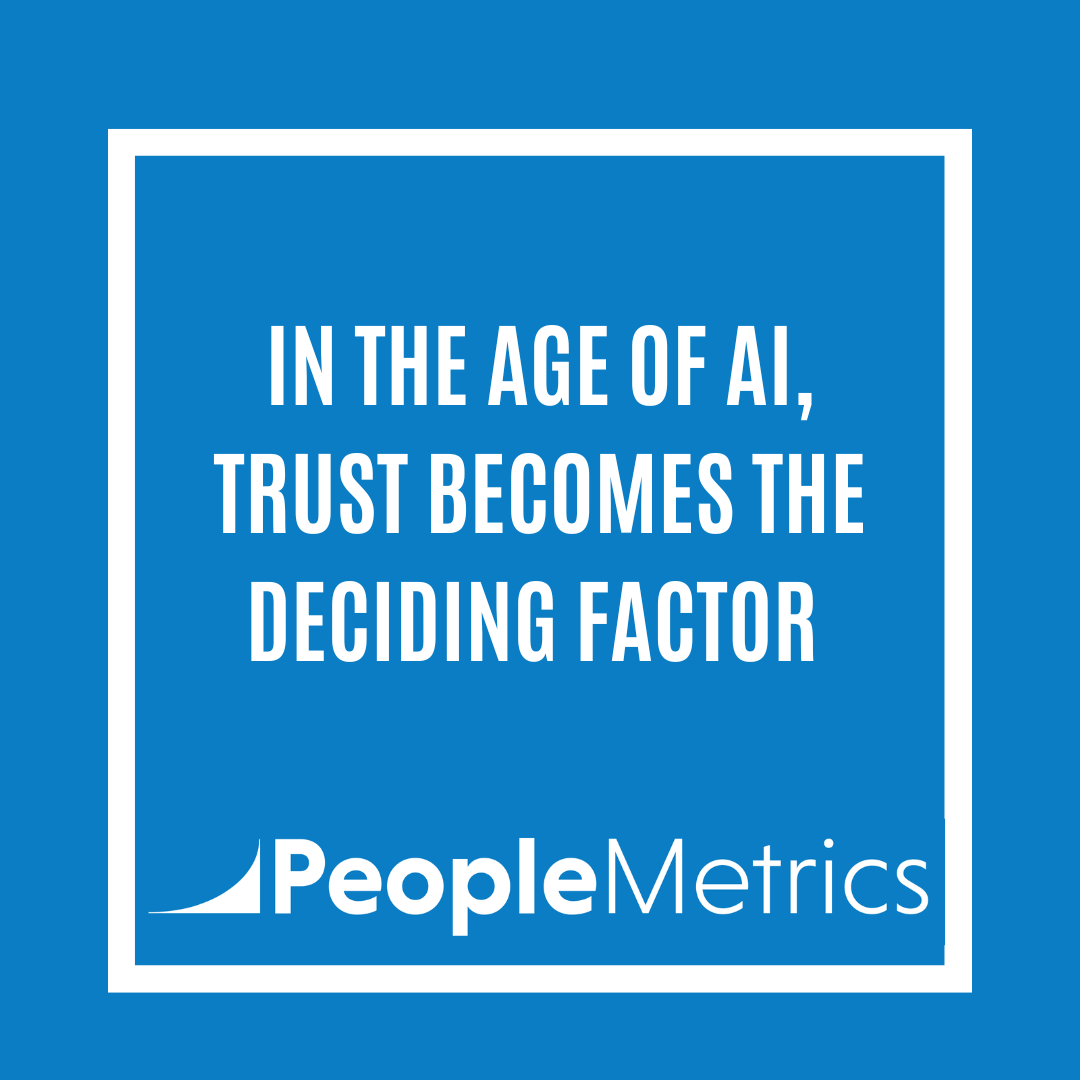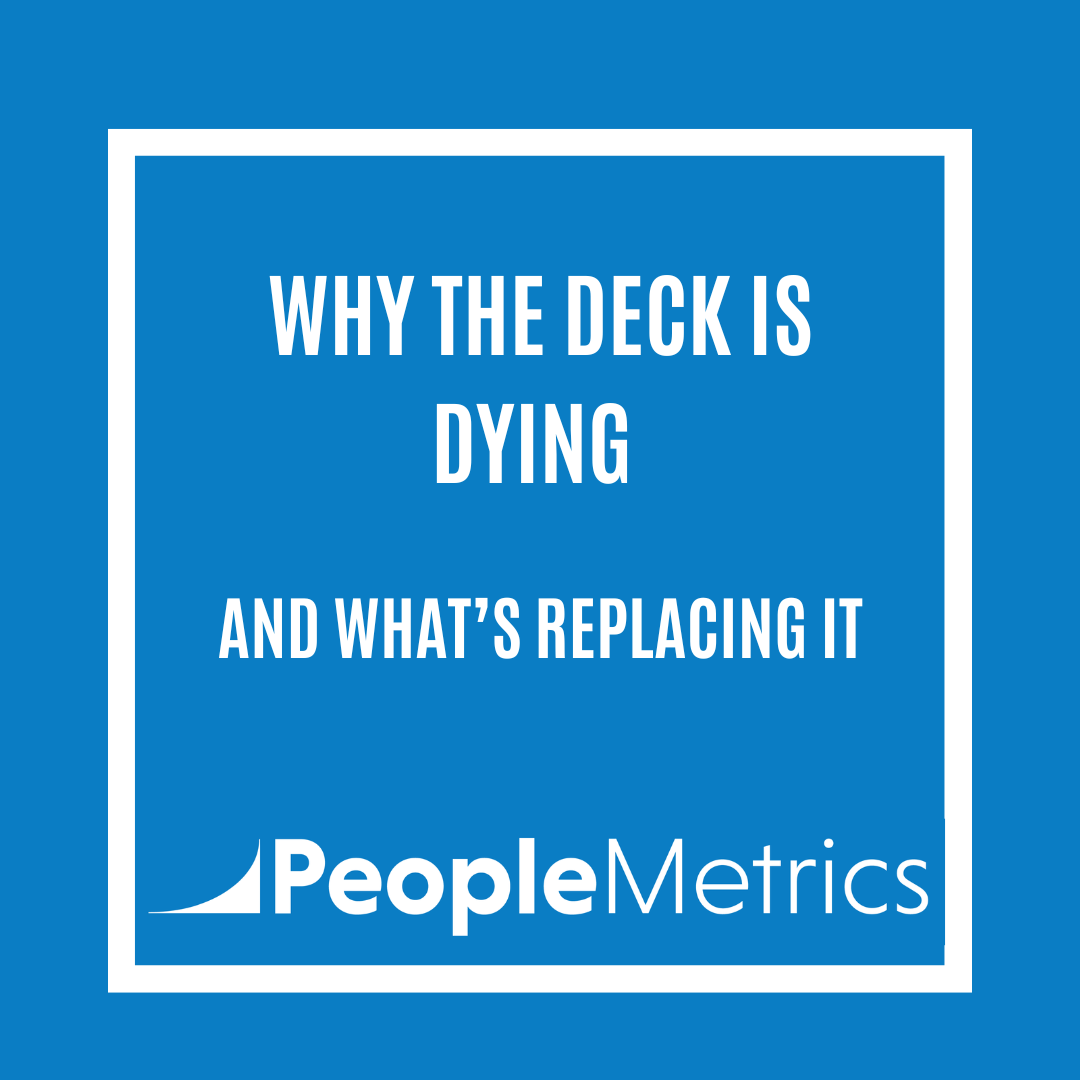Waymo now gives more rides in San Francisco than Lyft!
Let that sink in.
A fleet of 300 self-driving cars is outperforming 45,000 human drivers in one of America's most complex urban environments.
Each Waymo vehicle does the work of over 150 people, not through brute force, but through intelligent automation.
This isn't just a transportation story. It's a blueprint for every industry grappling with the same fundamental question: How do we move from labor-intensive processes to intelligent systems?
In market research, we're still very much in the "45,000 drivers" phase. Teams manually craft surveys, spend weeks cleaning data, build charts one by one, and write reports that take days to produce and hours to digest.
Meanwhile, stakeholders wait for insights that could reshape their strategies.
But the Waymo moment is coming.
The Research Revolution on the Horizon
Picture this near future: Survey design guided by AI trained on years of behavioral and linguistic patterns.
Real-time data cleaning and coding that happens as responses flow in.
Dashboards that build themselves, complete with narrative summaries that read like they came from your best analyst.
Stakeholders asking questions and receiving instant answers from an AI agent trained on your data, your studies, your brand voice.
This isn't science fiction; the components exist today. What's missing is the systems thinking that made Waymo possible.
Beyond Bolt-On Solutions
Here's what Waymo understood that most companies miss: True automation isn't about adding robots to existing processes. It's about rethinking the entire system from the ground up.
They didn't just put a computer in the driver's seat. They reimagined how vehicles perceive, decide, and move through the world. They built new infrastructure, new interfaces, and new ways of thinking about transportation itself.
Market research needs the same fundamental rethink. Not AI tools bolted onto traditional workflows, but intelligence woven into the fabric of how research gets done.
At PeopleMetrics, we're building toward that future, we are focused on embedding AI into every stage of the research process, not to replace human insight, but to amplify it exponentially.
To transform what's slow and manual into something fast and intelligent.
The Road Ahead
We're not fully autonomous yet. Few industries are. But the trajectory is unmistakable, and the early movers will define the next decade.
If 300 self-driving cars can outperform 45,000 human drivers in San Francisco traffic, imagine what AI-powered research teams will accomplish when they hit their stride?
The transformation is already underway. The only question is how quickly we can build it?





